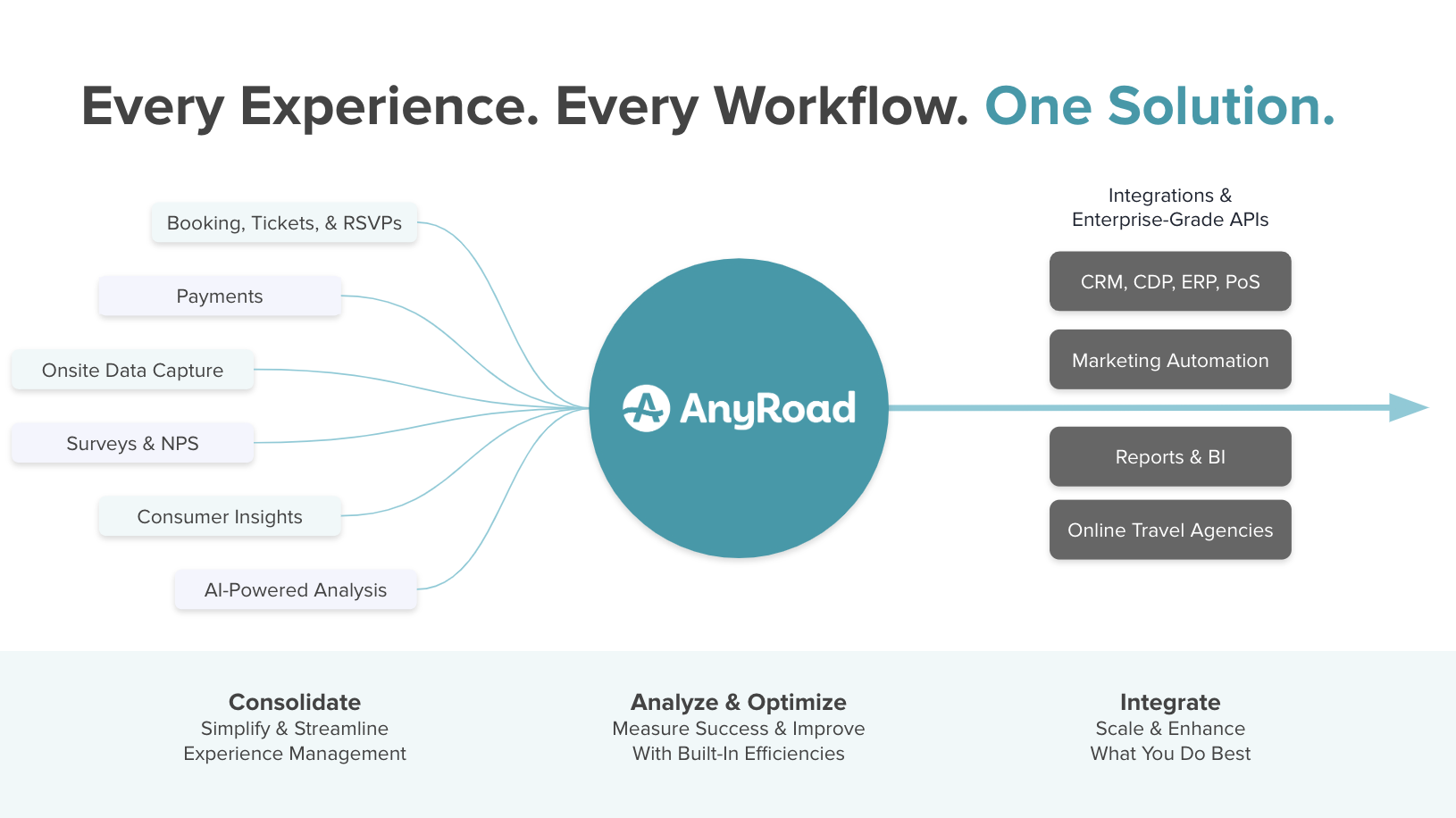What is Product Sampling?
Product sampling is a promotional activity that businesses use to allow customers to try their products before making a purchase through free samples. It's a great way for consumers to test a product's quality, taste or effectiveness without spending on something they might not like. Product sampling helps companies to understand its target audience's preferences and get feedback on the product.
Product Sampling Benefits
Understand Target Audiences
Product sampling can be an incredibly effective tool for brands to better understand their target audience. By providing samples of their products, brands can gauge consumer perceptions, preferences, and behaviors.
Product Feedback
Product sampling is an effective way for brands to obtain valuable feedback about their products. By giving consumers a chance to experience the product firsthand, brands can gain insight into their target market's preferences and opinions.
Brand Recognition
By giving consumers a chance to try a product before making a purchase, brands are able to create a personal and memorable experience. This experience leads to positive word-of-mouth advertising and can make a significant impact on a brand's reputation.
Product Sampling Tactics
Pop Ups
Pop ups refer to experiential marketing installations that are usually temporary to promote a brand, product, or service. Pop ups come in different formats and can be indoor or outdoor events, activations, or experiences aimed at engaging the target audience in a unique and memorable way. These attention grabbing events are a great strategy for product sampling.
Brand Activations
Brand activations are experiences that companies use to showcase their brand and products in a memorable and engaging way out in the field. These experiences can take many forms, and can be a powerful tool for handing out product samples in the field.
Brand Homes
Band homes, sometimes called brand houses, are experiential and interpretive venues designed to connect brands and consumers to build advocacy, foster community, and grow revenue. This is a tactic that’s perfect for encouraging visitors to sample new products, since they’re more likely to be familiar with your previous offerings.
Product Sampling Frequently Asked Questions
What is Product Sampling?
Product sampling is a promotional activity that businesses use to allow customers to try their products before making a purchase through free samples.
How effective is Product Sampling?
Product Sampling is very effective for increasing brand awareness, gathering feedback, and learning more about a brand’s target audience.
Why is Product Sampling important?
By offering potential customers a chance to try a product for free, product sampling creates an opportunity for consumers to experience the quality of a product firsthand, building trust and receiving feedback on the product.



%204.50.48%E2%80%AFp.m..png)
%2012.57.51%E2%80%AFa.m..png)